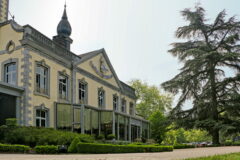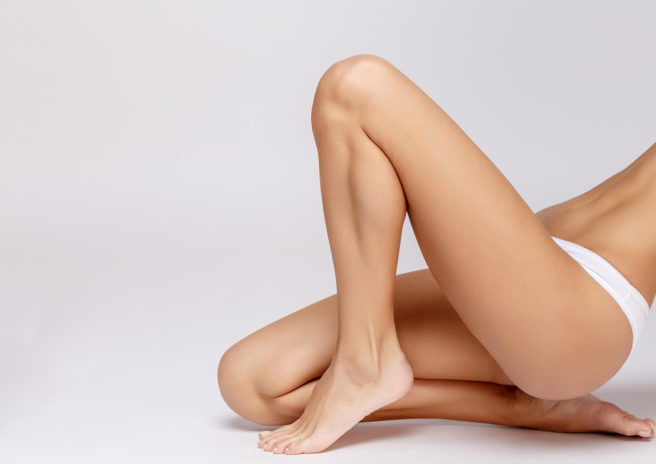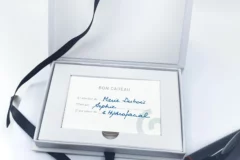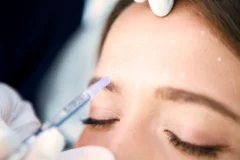Bienvenue à la Claris Clinic
Claris Clinic est ravie de vous accueillir dans ses centres situés à La Hulpe, Liège, ainsi qu'au cœur de Bruxelles, dans le quartier européen. Notre objectif est de vous offrir des soins sur mesure qui répondent parfaitement à vos besoins et attentes.
Découvrir les cliniquesVos
Besoins
En permanence à l'écoute de nos patients, nous vous proposons une réponse adaptée à votre demande.
Visage
Un visage d'apparence jeune est souvent considéré comme plus attrayant. Nous pouvons vous aider à atteindre cet objectif
Corps
Une silhouette harmonieuse est souvent le gage d'une meilleure confiance en soi. Découvrez ce que nous proposons
Peau
La peau est un sujet de visite de plus en plus fréquent. Nos traitements peuvent vous aider à améliorer son apparence.
Cheveux
Il existe aujourd'hui de nouvelles techniques permettant de lutter contre la perte de cheveux, tant chez l'homme que la femme
Nos Solutions
Claris Clinic regroupe des professionnels expérimentés et reconnus, habitués à répondre à vos attentes de la meilleure façon possible.
Chirurgie esthétique
Médecine esthétique
BlogTous nos articles
Retrouvez nos dernières nouveautés et l'actualité du secteur de la chirurgie et de la médecine esthétique.
Nos cliniques
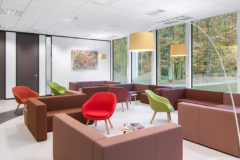
Claris La Hulpe
(Site Hôtel Dolce)
Située au cœur de la Forêt de Soignes, dans le domaine d'exception de l'hôtel Dolce La Hulpe, la Claris Clinic La Hulpe est idéalement située en périphérie de Bruxelles. Le design contemporain de la clinique privilégie trois approches pour son aménagement.Plus d'informations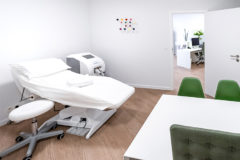
Claris Bruxelles
(Quartier Européen)
Claris Clinic dispose également d’une antenne à Bruxelles, au numéro 141 de la rue Belliard (à proximité du rond point Schuman). Ce centre vous propose de nombreux traitements esthétiques, des injections, ainsi que des consultations médicales et chirurgicales.Plus d'informations